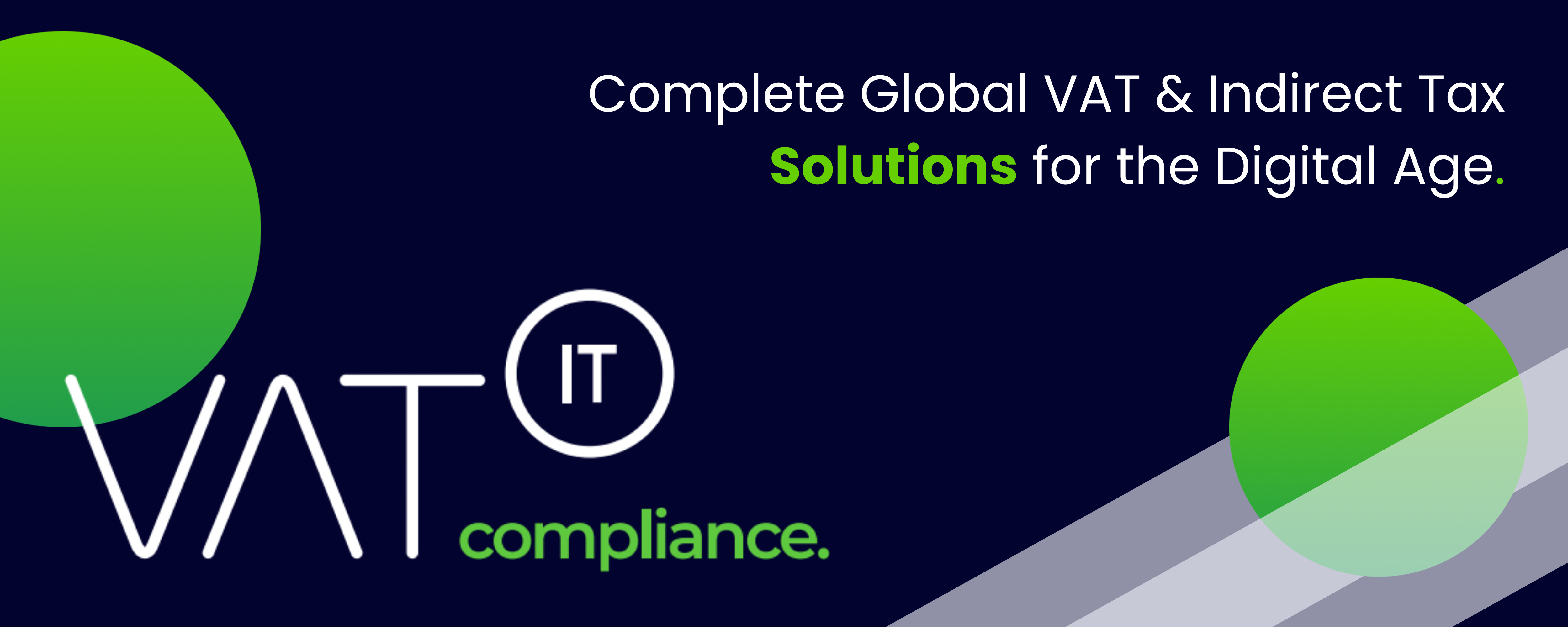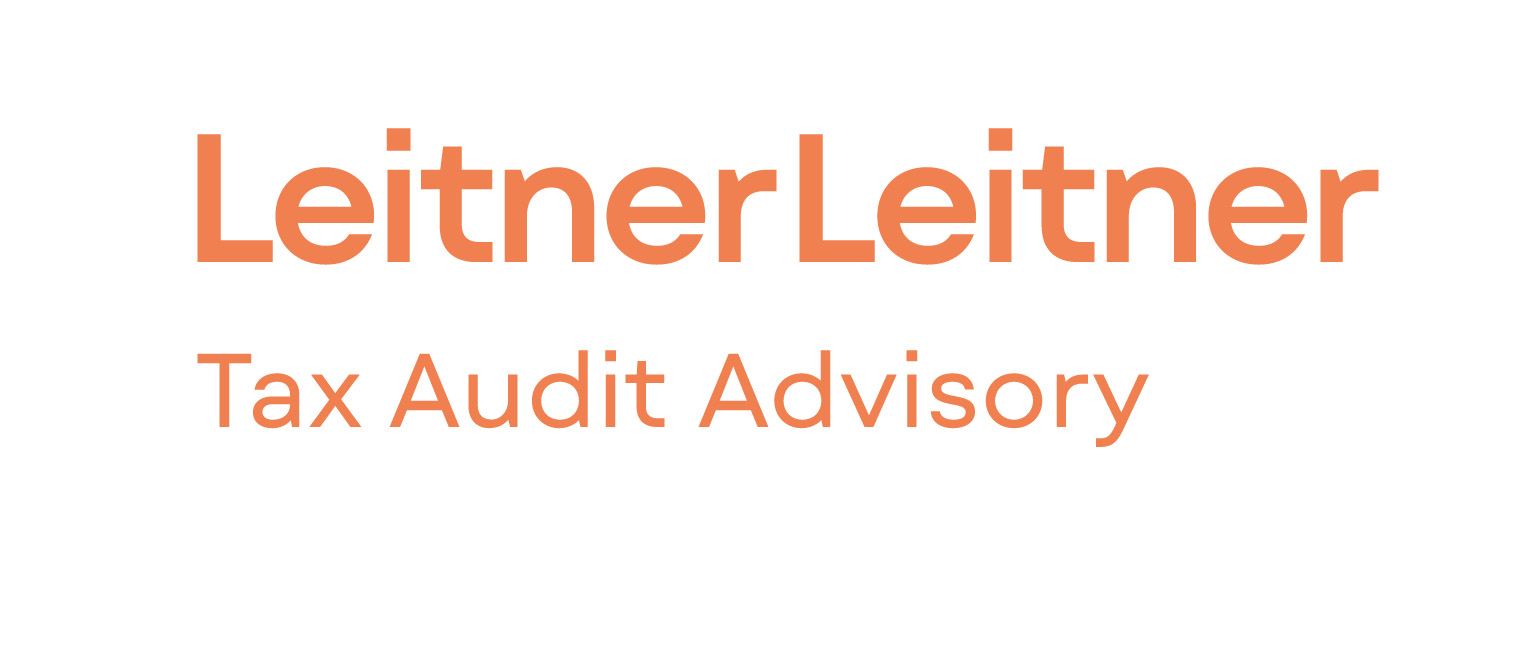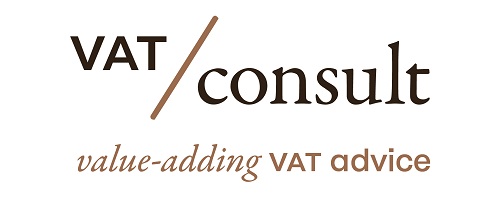General position on e-invoicing strategy for the EU
Ultimately, EESPA would like to see all B2G and B2B e-invoicing transactions flow seamlessly through interoperable networks based on a common methodology such as the EU eDelivery building blocks. For B2B transactions, this common approach should be augmented based on the ecentralized Continuous Transaction Controls and Exchange (DCTCE) model, which is also sometime referred to as the 5-corner model. B2B and B2G transactions should not operate in separate siloes. The brief comments below should be read against the backdrop of that overall policy objective, which has been a key objective of EESPA since its inception.
Source EESPA
See also EU Public Consultation on E-Invoicing Directive
Latest Posts in "European Union"
- Commission calls on BELGIUM, FRANCE, and MALTA to fully implement the new EU VAT rules for the special SMEs scheme
- From matchmaker to supplier: deemed supplies and platform classification under EU VAT
- European Commission Report Highlights Uneven VAT Rate Exemptions Across EU Member States
- EU Packaging Regulation Faces Legal Challenges Over Reusability, Plastic Ban, and Deposit Requirements
- European Union Adopts Peppol PINT Billing Standard for E-Invoice Interoperability














